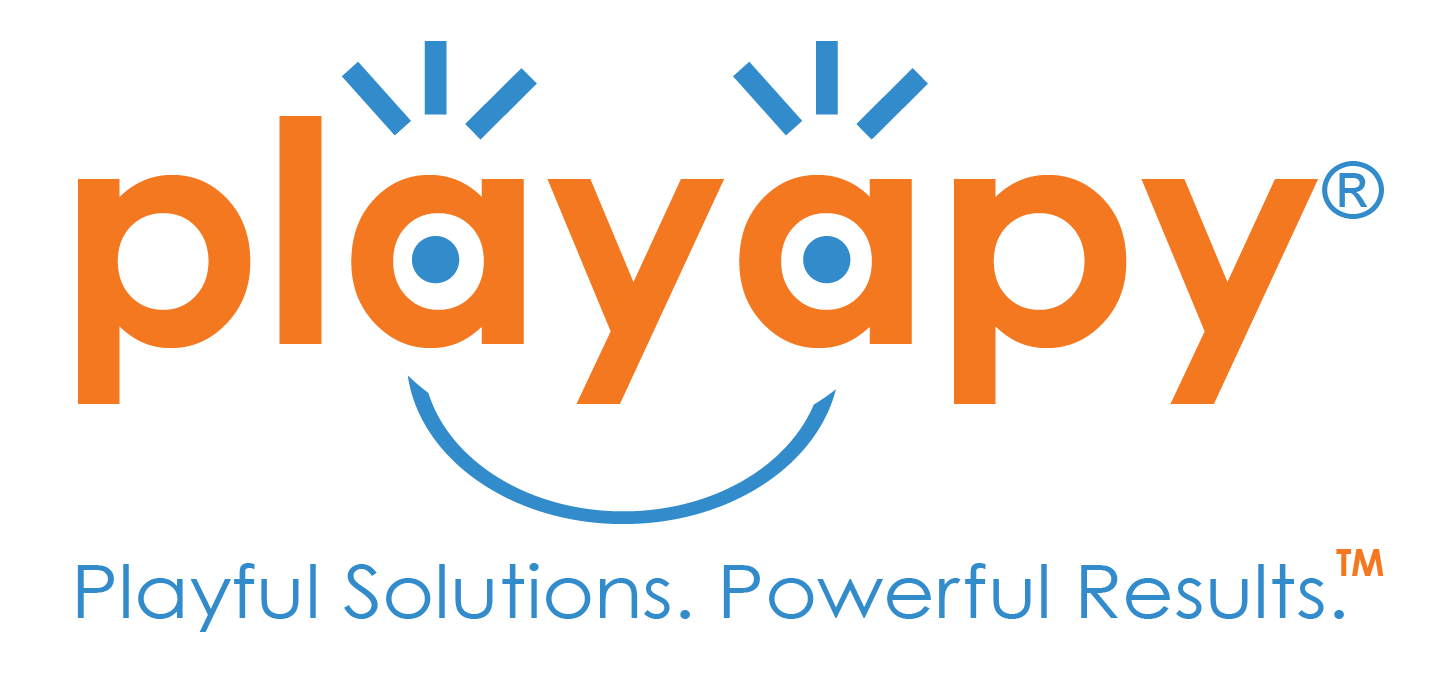
11 Nov Guide to Building Blocks
With the overwhelming collection of toys available to children, sometimes it’s the simplicity of wood blocks that we often ignore. With all the games and electronic toys calling your name in stores, parents sometimes forget to appreciate these traditional toys. Blocks are often overlooked and shouldn’t be. Most parents don’t realize that square building blocks are used by therapists to determine developmental age levels in skills such as visual perception and cognition even though they appear to be more related to fine motor and play skills.
When to Start Play with Blocks
So what do you do with them and what should you expect? Children typically begin to stack one-inch blocks around 12 months old. As they increase in age over the next two years, the tower grows steadily to ten blocks high. Typically by 36 months old, a child will begin to imitate block designs building vertically and improving spatial awareness skills.
How to Vary Play with Blocks
Below you will see building blocks designs that you can demonstrate and help your child to master. It always helps to be animated and do your best impressions to get and keep his or her attention. Try creating your own as well and have them match the colors exactly when the skill becomes easier. Remember to be patient with your child because learning to copy these designs will not happen overnight. It could take well over a year to master this series.
Train with Smokestack
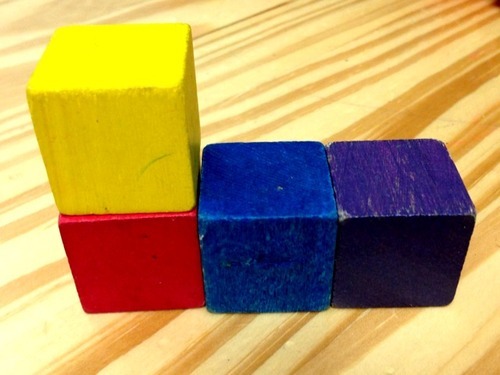
Be sure to push that train along and say “Choo-Choo!”
Bridge
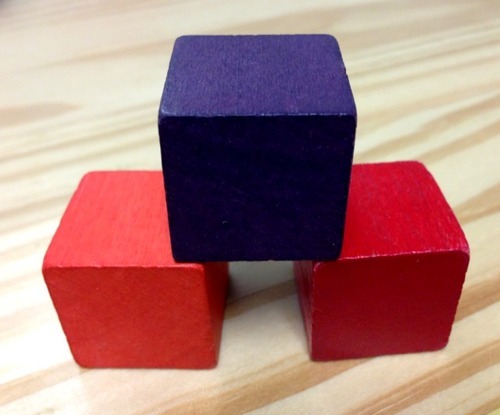
Try pushing an object under the bridge to draw attention to the space between the bottom blocks.
Wall
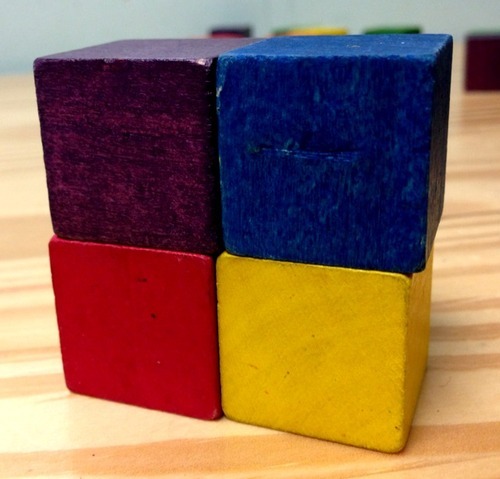
Try splitting the towers in half and pushing together to imitate a door closing.
Steps
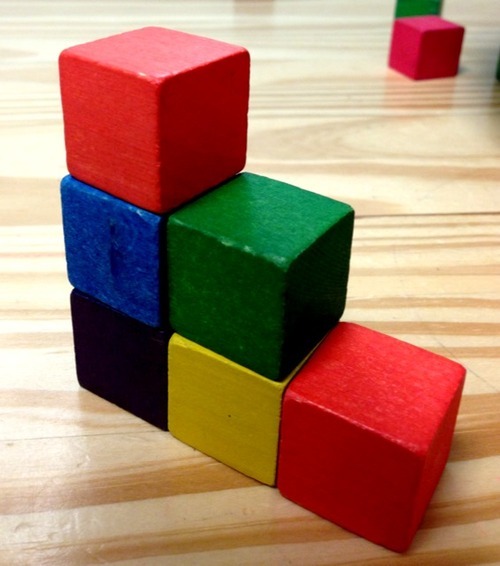
Use a small object to imitate a person walking up the steps and saying “One, two, three.”
Pyramid
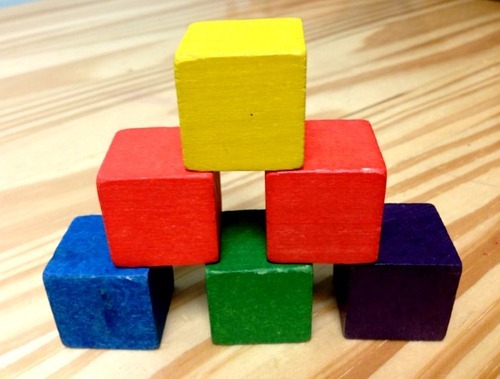
Try sitting a pencil between the blocks if your child doesn’t leave space in between.
To learn more building blocks designs, you can watch this video that explains these plus additional designs and play ideas. I hope you find these tips helpful. Have a playful day!
Amy Baez, MOT, OTR/L
Amy Baez is the Founder of Playapy and Creator of the PALS Handwriting Program. She is a pediatric occupational therapist, speaker, and parent coach with 20 years of experience.
